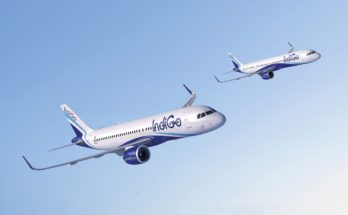Telesat, a Canadian telecommunications satellite provider, will likely choose a manufacturer for its planned LEO constellation before the year is out.
There are two entities in the running. One is Airbus Defence and Space; the other is a team consisting of Maxar Technologies and Thales Alenia Space. Telesat announced in early May 2019 that both teams had successfully completed the System Definition and Risk Management phase of the program. The next step for Telesat is to receive bids from the aforementioned teams.
Some reports estimate that the initial LEO constellation will comprise approximately 120 satellites, and that figure will likely grow over time. An experimental LEO satellite is already in orbit and conducted the world’s first LEO 5G live test. The constellation is to operate in Ka-band.
At the Satellite 2019 Conference, the vice president of Telesat LEO said that Telesat would like a dedicated factory built to produce the satellites. Furthermore, the factory will likely be in either the United States or Canada.
With bidding just around the corner, Telesat appears to be on track for its 2022 service-start date.
Carter Palmer has long held a keen interest in military matters and aviation. As an analyst for Industrial & Marine Turbine Forecast, Carter specializes in examining key gas turbine programs for electrical power generation, mechanical drive, and marine propulsion applications. He is also responsible for updating the reports and analyses within the Space Systems Forecast – Launch Vehicles & Manned Platforms and Space Systems Forecast – Satellites & Spacecraft products.




